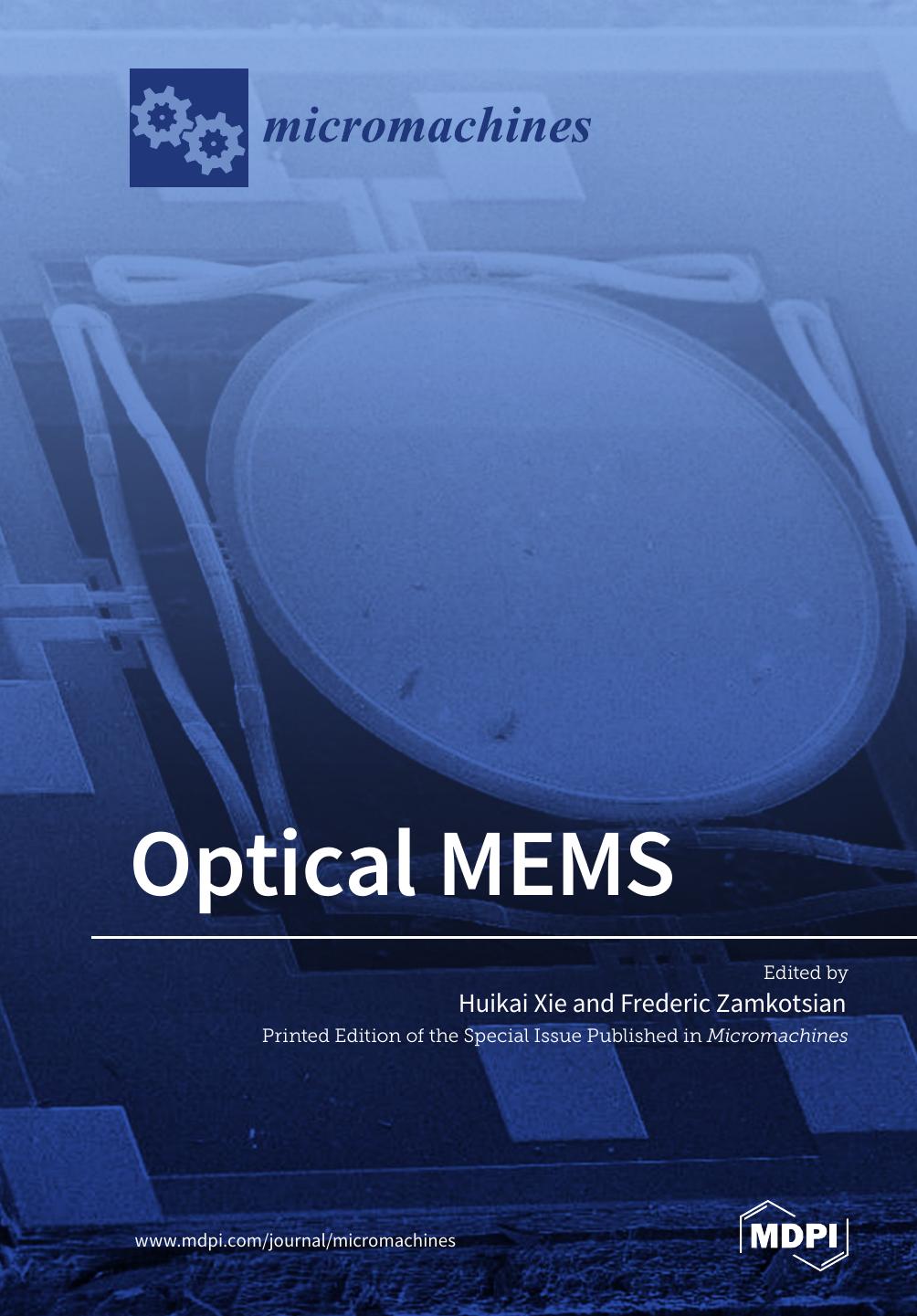Product desciption
Optical Mems Frederic Zamkotsian Huikai Xie by Frederic Zamkotsian, Huikai Xie 9783039213047, 3039213040 instant download after payment.
Optical microelectromechanical systems (MEMS), microoptoelectromechanical systems (MOEMS), or optical microsystems are devices or systems that interact with light through actuation or sensing at a micro- or millimeter scale. Optical MEMS have had enormous commercial success in projectors, displays, and fiberoptic communications. The best-known example is Texas Instruments' digital micromirror devices (DMDs). The development of optical MEMS was impeded seriously by the Telecom Bubble in 2000. Fortunately, DMDs grew their market size even in that economy downturn. Meanwhile, in the last one and half decade, the optical MEMS market has been slowly but steadily recovering. During this time, the major technological change was the shift of thin-film polysilicon microstructures to single-crystal-silicon microsructures. Especially in the last few years, cloud data centers are demanding large-port optical cross connects (OXCs) and autonomous driving looks for miniature LiDAR, and virtual reality/augmented reality (VR/AR) demands tiny optical scanners. This is a new wave of opportunities for optical MEMS. Furthermore, several research institutes around the world have been developing MOEMS devices for extreme applications (very fine tailoring of light beam in terms of phase, intensity, or wavelength) and/or extreme environments (vacuum, cryogenic temperatures) for many years. Accordingly, this Special Issue seeks to showcase research papers, short communications, and review articles that focus on (1) novel design, fabrication, control, and modeling of optical MEMS devices based on all kinds of actuation/sensing mechanisms; and (2) new developments of applying optical MEMS devices of any kind in consumer electronics, optical communications, industry, biology, medicine, agriculture, physics, astronomy, space, or defense.


